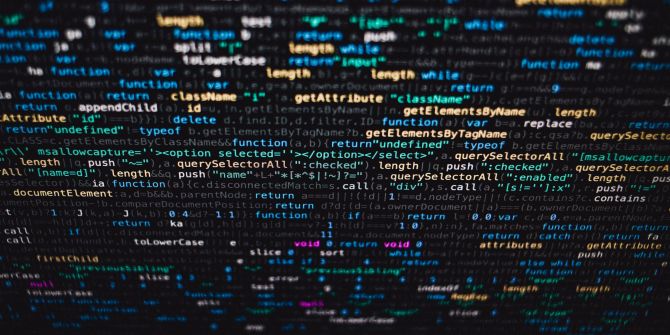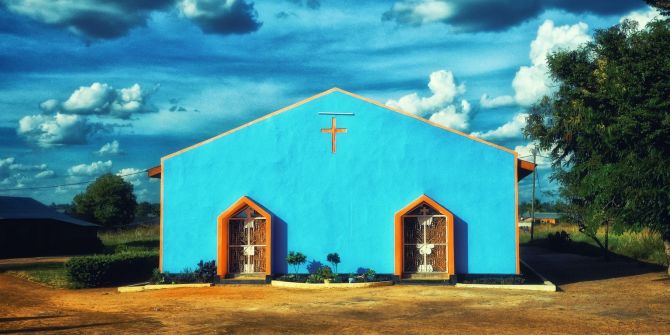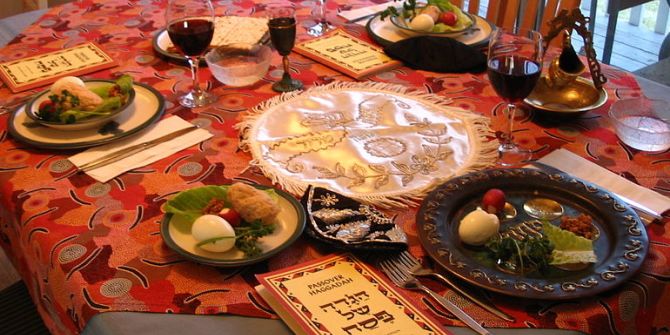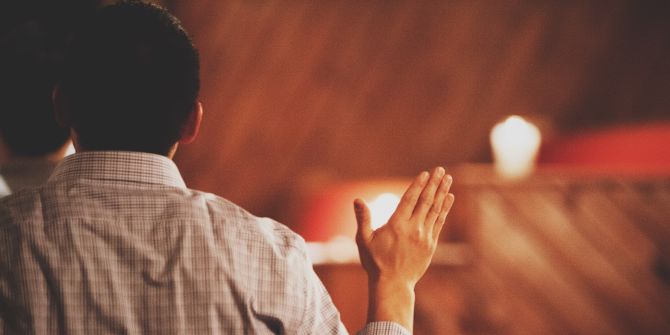The coronavirus pandemic has made us all think about the role that digital technology can play in connecting people at a time of death, whether that is in a loved one’s final moments, remotely attending a funeral or through continued online commemoration. Paula Kiel writes on how the social construction of death changed in modernity, becoming more medicalised and isolated. She also explains that even though the pandemic has greatly heightened its visibility, the mediation of death online is nothing new.

These strange days of coronavirus pandemic have made many of us more engaged with, even dependent on, digital media and online communication for almost every aspect of daily life. This extends to some activities we might not normally do online. Many, for instance, are grocery-shopping online for the first time. In my son’s school, it’s the first time that online learning has been considered at all, let alone practiced. But perhaps the most extreme examples relate to a more fundamental human experience: death. More specifically, to the use of online communication technologies for dealing with and managing the death of loved ones. While these practices of mediating death rituals using online and digital media are not new, they are significantly more widespread and visible due to the pandemic and the urgent need to find online-mediated solutions.
In many cases, as the following examples will show, online communication technologies become the only option for saying farewell to a loved one.
Saying goodbye on FaceTime and attending a funeral on Zoom
The first example is the story of Merle and Dolores Tofte from Washington state, both over the age of 85. Early this March, Dolores became unwell and was hospitalised. Four days later, Merle was also hospitalised, with a temperature and a bad cough. They both tested positive for coronavirus and thus had to be isolated. As their conditions kept worsening, the doctors contacted the couple’s children on 16 March with the news that their parents had only a few hours left. Under these conditions, the family called both grandparents on FaceTime to say their final goodbyes. As the doctors predicted, both Merle and Dolores died a few hours after the virtual family gathering at their deathbed.
The second example is of Paul Quigley, 49, from London. After being ill for a few days, he was hospitalised on 11 March with coronavirus symptoms. After nine days in the hospital he passed away. His family lived quite far away, dispersed between Shropshire, Scotland, and Australia. During these days of social distancing, however, geography makes little difference. Although authorities had allowed for one household to attend Paul’s cremation, the whole family decided against travelling and attended the funeral on Zoom.
Hearing about experiences such as these provokes a feeling of unease. This is not only due to the utter sadness of death in isolation, but also related to the use of technology in the context of death and dying. The words of a journalist describing yet another funeral broadcast online may illuminate this unease: ‘She sat down at her computer the next day and opened Zoom, just as she would on a work day. This time, though, she was there to watch the burial. There would be no shiva, no neighbours with hugs and casseroles. Her grief was stuck inside the walls of her home.’ This description captures a blurring of boundaries that could, perhaps, explain at least some of the unease triggered when hearing of such events. Experiences such as those outlined above challenge how death and dealing with death is socially constructed in our society.
The social construction of death during modernity and especially during most of the 20th century was characterised by processes of sequestration and exclusion. While in earlier societies death was a part of community life, during modernity and especially as the 20th century unfolded this was replaced with highly medicalised and isolated experiences of dying. Death and the dead became excluded from everyday life, with very limited times and places in which the dead could be present (such as death anniversaries confined to cemeteries). Despite some changes in recent decades, exclusion of death and the dead remains central to the ways Western societies mediate death. The above examples seem to undermine such practices of exclusion, making it extremely difficult to keep death rituals and the presence of the dead to contained times and places. Using the same video-conferencing app to remotely attend a funeral and to conduct mundane work activities, for instance, brings up many questions: Is death a public event? Is a funeral public or private? Where do we usually express grief? Do we still expect death and grief to be confined to specific times and places? How do we experience our everyday online communication (such as on Zoom) after it’s been an inseparable part of a death ritual?
Is the COVID—19 pandemic changing death?
The above examples represent experiences shared by many others in these days of social distancing and lockdown. Online mediated death rituals may bring comfort to some and unease to others; there are positive aspects to them and negative ones. But they are neither novel nor revolutionary. Death has actually been online for quite a while.
Online memorial services, such as The World Wide Cemetery, have been available since the 1990s. Online streaming of funerals and wakes has been available at different scales in different parts of the world (including the UK and USA) at least since 2018. One could find a wide variety of death-related services online, including funeral planning, writing wills and planning one’s digital legacy. Individuals are also spontaneously using everyday online communication to deal with death, and in different ways. For instance, by using the Facebook profiles of deceased loved ones as memorials, sharing grief on Facebook groups or simply writing emails to the address of a deceased loved one as a form of continuing bonds and dealing with grief.
This pandemic is making us confront aspects of reality we were perhaps less aware of, or simply didn’t think we would be engaging with in our lifetime. Death online is one of them. When thinking about social change and technological development, however, we need to keep in mind both the continuity and the novelty and to reflect on what is actually new and what is not. This is specifically important in times like the current moment of pandemic where so much seems to be new and changing.
Although COVID—19 has already had a huge impact on our everyday lives, some of which might last for the long term, it is probably too hasty to claim that the pandemic will drastically alter the world as we know it, the mediation of death rituals included, despite their increased visibility these days. In the face of potential social change and technological development, it is important to remember that practices, ideas, or rituals are never only new. There is always some form of dialectic between change and continuity, between old and new, between difference and similarity.
Note: Paula’s TEDx talk ‘Keeping Communications Alive When You’re Dead’ can be viewed here.
Note: This piece gives the views of the author(s), and not the position of the LSE Religion and Global Society blog, nor of the London School of Economics.




